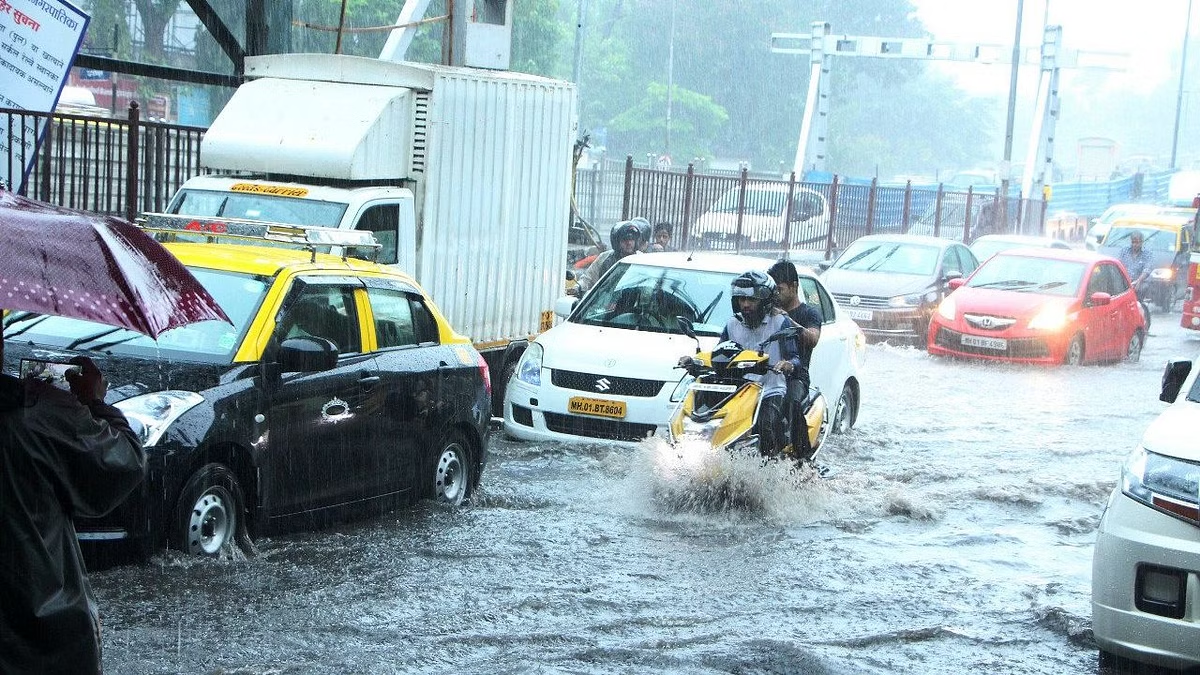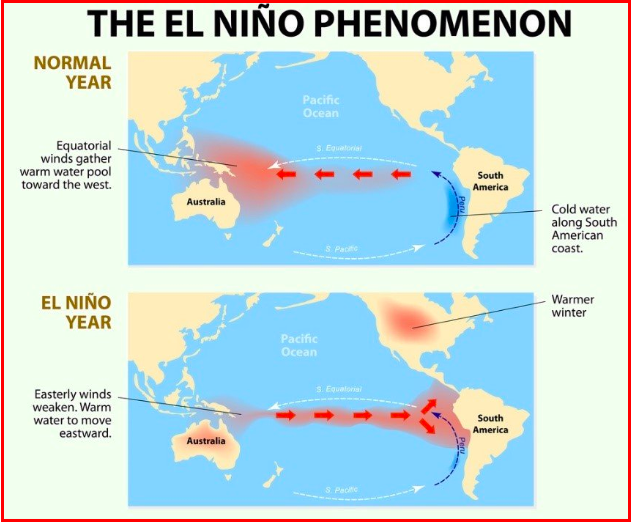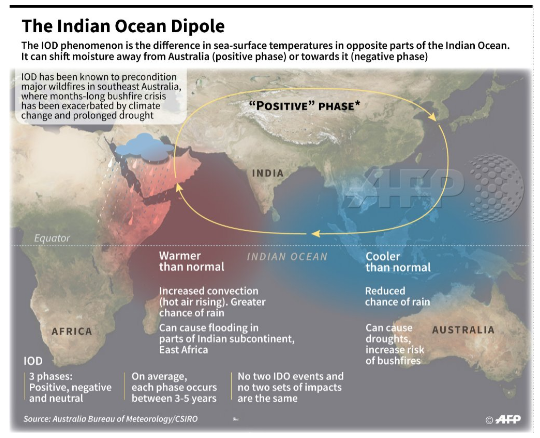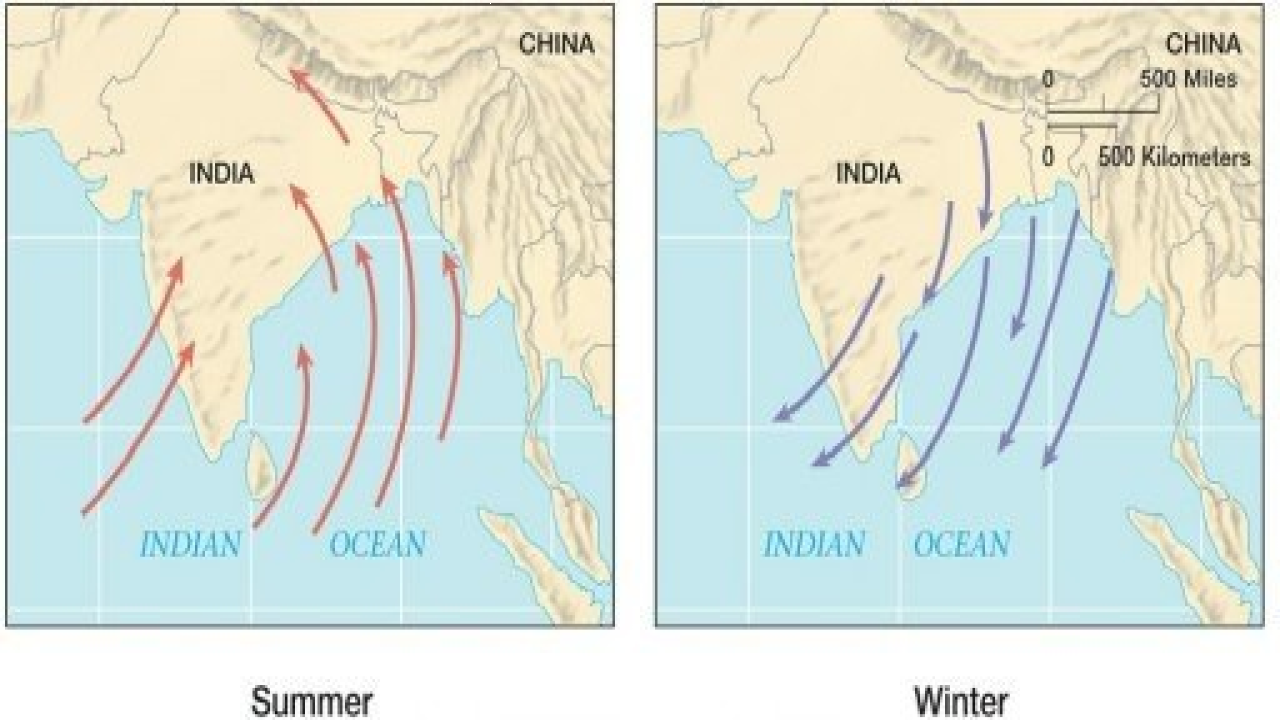Free Courses Sale ends Soon, Get It Now


Free Courses Sale ends Soon, Get It Now



Copyright infringement not intended
Picture Courtesy: https://www.thequint.com/news/india/monsoon-2019-weather-forecast-temperature-mumbai-rains-live-updates
Context: The India Meteorological Department (IMD) forecasts an 'above-normal' monsoon in 2024, around 106% of the long-period average (LPA).
Details
Factors Influencing the Forecast

Indian Ocean Dipole (IOD)

Snow Cover
|
Regional Variations ●While most of the country is expected to receive a normal monsoon, some areas might experience below-normal rainfall: ○The extreme Northwest (hills of Jammu & Kashmir and Uttarakhand) ○Parts of East and Northeast India (Assam, Odisha, Gangetic West Bengal) |
Indian Monsoon
Seasonal Heating and Pressure Gradient

Onset of Monsoon Winds
Role of Upper-Level Circulation
Impact of Orographic Features
Progression and Withdrawal
Interannual Variability and Impacts
Conclusion
Must Read Articles:
Source:
|
PRACTICE QUESTION Q. How does the variability in monsoon wind patterns across India (e.g., strength, direction) impact regional agriculture and ecosystems, and how can this knowledge be used for improved crop planning and resource management? |
© 2024 iasgyan. All right reserved